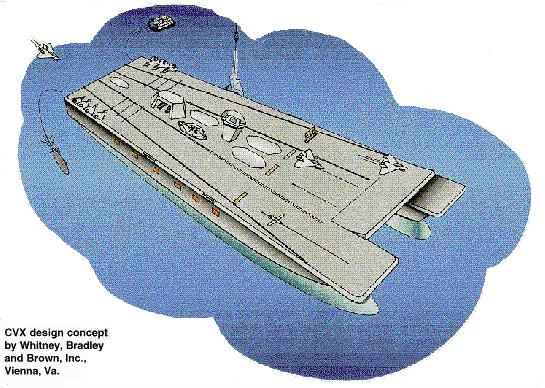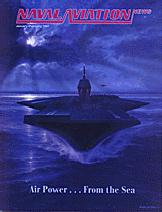


Integrated Information System
Supports the transfer and integration of voice, video and data information between audio, video and computer sys-tems.
Key features will include common and standard operating systems, network functions, communication protocols,
interfaces and message structure. The system will capitalize upon advances in commercial industry.
Fiber-Optic Backbone
Single, integrated, commercial and military standard compliant physical grid supporting communications between
systems/equipment via fiber-optic cables and electric-to-optic conversion devices. Key feature is providing end-to-end
connections using ruggedized commercial off-the-shelf components.
Zonal Electric Distribution System
Open system architecture DC electrical distribution with standard interfaces between components. Power conversion
and conditioning are performed locally from a single shipwide DC electrical power bus to provide each end user the
type/quality of power required. DC power allows for solid state control, which achieves power continuity in case of a
fault and provides for near-instantaneous recovery from power interruptions. In addition to the survivability benefits
inherent in uninterrupted power, this system is anticipated to be easier to install, require less physical cabling and pro-vide
greater flexibility for ship upgrades than current electrical systems.
Multifunctional Embedded Antennas
Reconfigurable, multiple apertures electronically combined to provide an antenna tunable across wide frequency band-width
and sensitivity parameters. The apertures may be embedded in composite materials integral to the ship structure and
may include combined or separate transmit and receive modules. Reduction of the number of antenna systems for commu-nications
and radars provides potential to improve performance by avoiding antenna blockages, reducing the structure
required to support antenna placement, life-cycle costs and maintenance manpower requirements.
Modified Island Structure
The island’s configuration, function and materials will be designed to satisfy aircraft support functions while minimizing
its impact on ship control and flight deck operations. Potential benefits are reduced air disturbances caused on the flight deck
by the island, more efficient flight deck arrangements and reduced radar and infrared signature characteristics.
Alternative Energy Catapults
Electromagnetic Catapults: A launch-assist mechanism which will propel the aircraft to takeoff velocity using a trav-eling
electromagnetic wave produced by a linear motor. When compared to current steam driven catapults, the electro-magnetic
launcher will provide the following benefits: independence from the ship’s propulsion plant, a 50-percent
reduction in weight and 65-percent reduction in volume, an increase in energy capacity with a highly controllable
acceleration and deceleration profile, an increase in reliability and availability, and a 30-percent decrease in manpower
required. This technology is similar to that used to propel high-speed “bullet” trains in other countries and may be used
on the next generation of roller coasters.
Ski Jumps
An upward-sloped ramp at the forward end of the flight deck which will provide aircraft with a more optimum fly-away
angle. This translates into benefits such as reduced takeoff velocity, increased payload capacity and reduced
wind-over-deck requirements.
Automated Weapon Selection and Movement
Integrated family of procedures, magazine design, weapons elevators, passageway layout, information management
systems, decision aids and reduced manpower ordnance-handling equipment to increase weapons’ throughput, increase
sortie generation rates and minimize risks associated with ordnance handling and stowage.
Advanced Systems for Flight Operations Management
Family of information management and decision aids to facilitate mission planning, aircraft control, aircraft/pilot
information upload and download, aircraft turnaround and aircraft launch and recovery. May include a family of high-performance,
integrated aviation work centers along with several pit stop-type aircraft servicing stations strategically
positioned about the ship. Benefits include: improved aviation safety, significant manning reduction, increased sortie
generation rate, flight deck optimization, reduced aircraft support equipment, more efficient maintenance and built-in
servicing and support flexibility for follow-on generations of aircraft.
